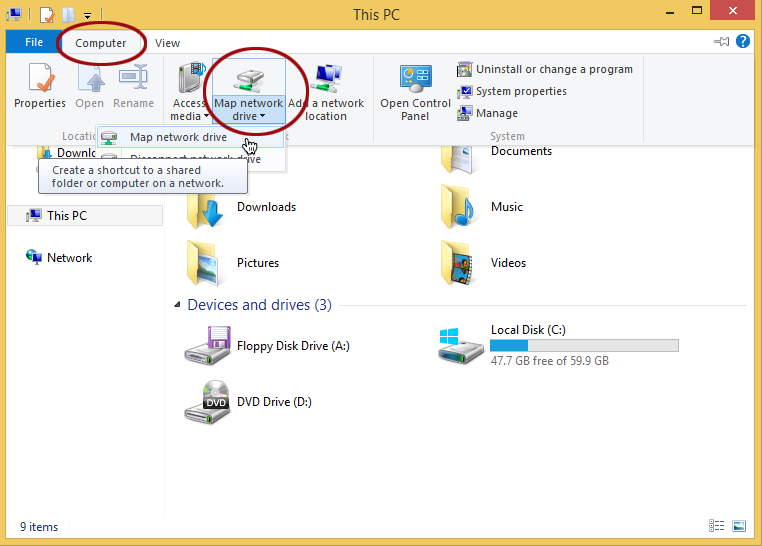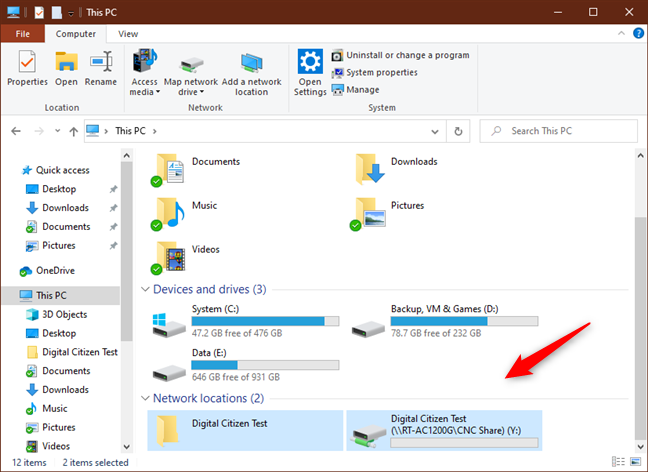


MAPPED DRIVES HOW TO
Follow that link to learn more about how to manipulate mapped drives through the Windows Command Prompt, something that can even be carried over into scripts so that you can create and delete mapped drives with a BAT file. Is there a direct/simple way for Administrator to view connections of any user (short of a script that runs under each user context)? I have read Some Programs Cannot Access Network Locations When UAC Is Enabled but I do not think it particularly applies. An advanced way to work with mapped drives in Windows is with the net use command. This does not include temporary mappings (in my particular example it was created through explorer on an administrator account and I did not select "Reconnect at sign-in") The behavior is identical for powershell Get-WmiObject Win32_LogonSessionMappedDisk.Ī workaround for persistent mappings is to run Get-ChildItem Registry::HKU*\Network*. However on Windows 10, we get very mixed results. Mapping a drive means that youre going to make a specific drive. We had a few users who had experienced this problem when logging into Windows 7, so I created a batch file for them to run from their desktop, which worked every time. It can also be a cloud storage folder like that of OneDrive (Microsofts Online Cloud Service). We are having issues with mapped network drives disappearing during windows sessions. In Windows 8, the same command run from an elevated prompt returns "There are no entries in the list". Mapped drives keep disappearing on Windows 10.
MAPPED DRIVES WINDOWS 8
However, Windows 8 seems to have disabled this.Īs administrator running an elevated in Win Vista+ when you run net use you get back all drives mapped, listed as unavailable. To add mapped drives for scheduled backups. Here are the necessary steps: Press Win + E to open File Explorer. In my understanding of security, an administrator should be able to view all connections to and from a computer - just as they can view all processes/owner, network connections/owning process. You will have to map your network drives to include data located in your mapped drive to your backup set. The usual way to delete a mapped network drive on Windows is through the file explorer.


 0 kommentar(er)
0 kommentar(er)
